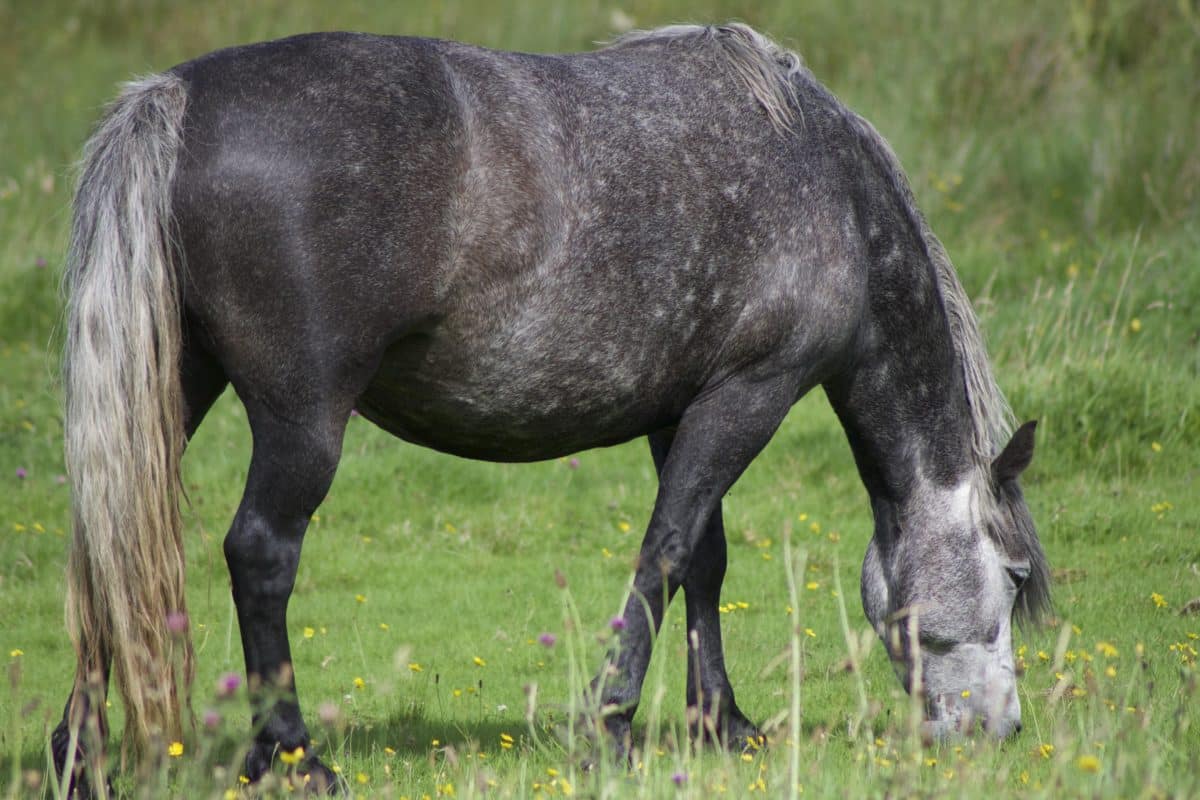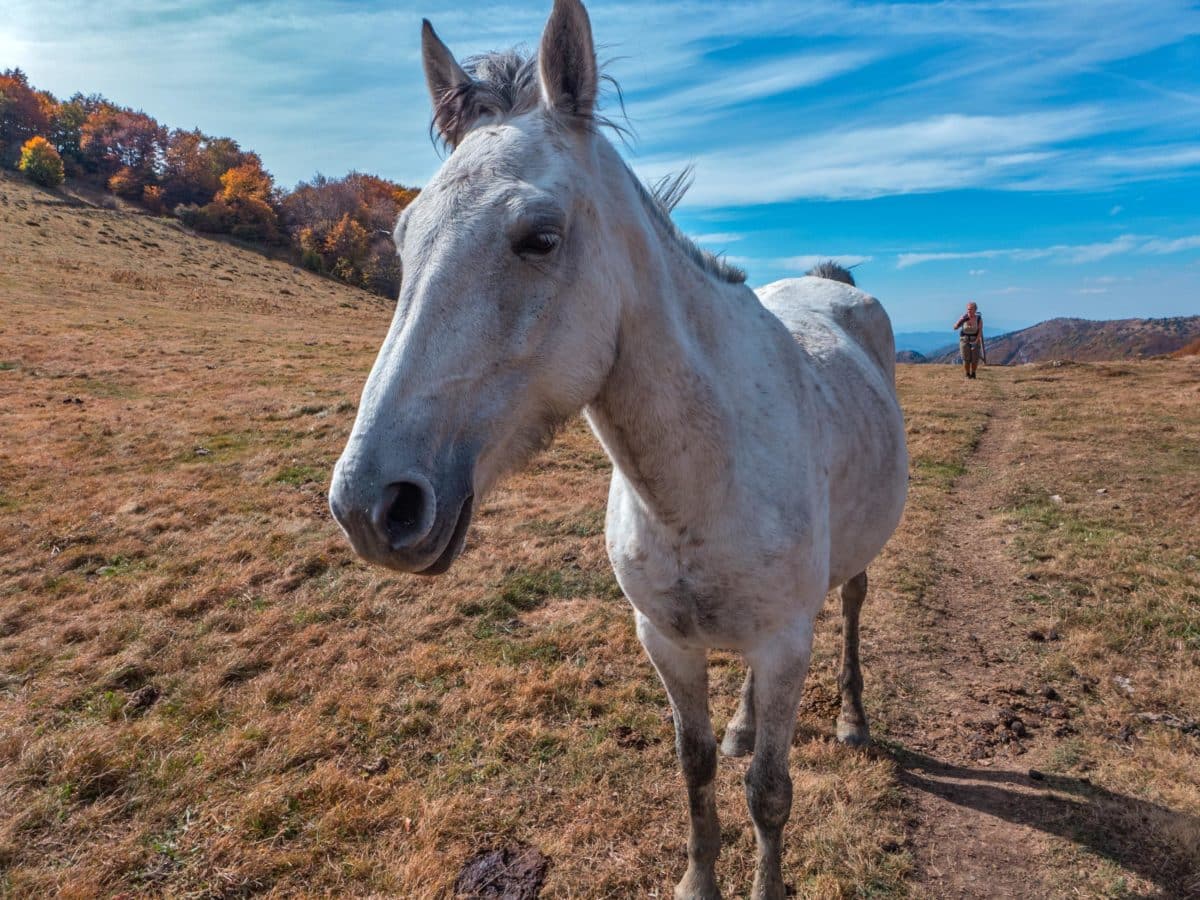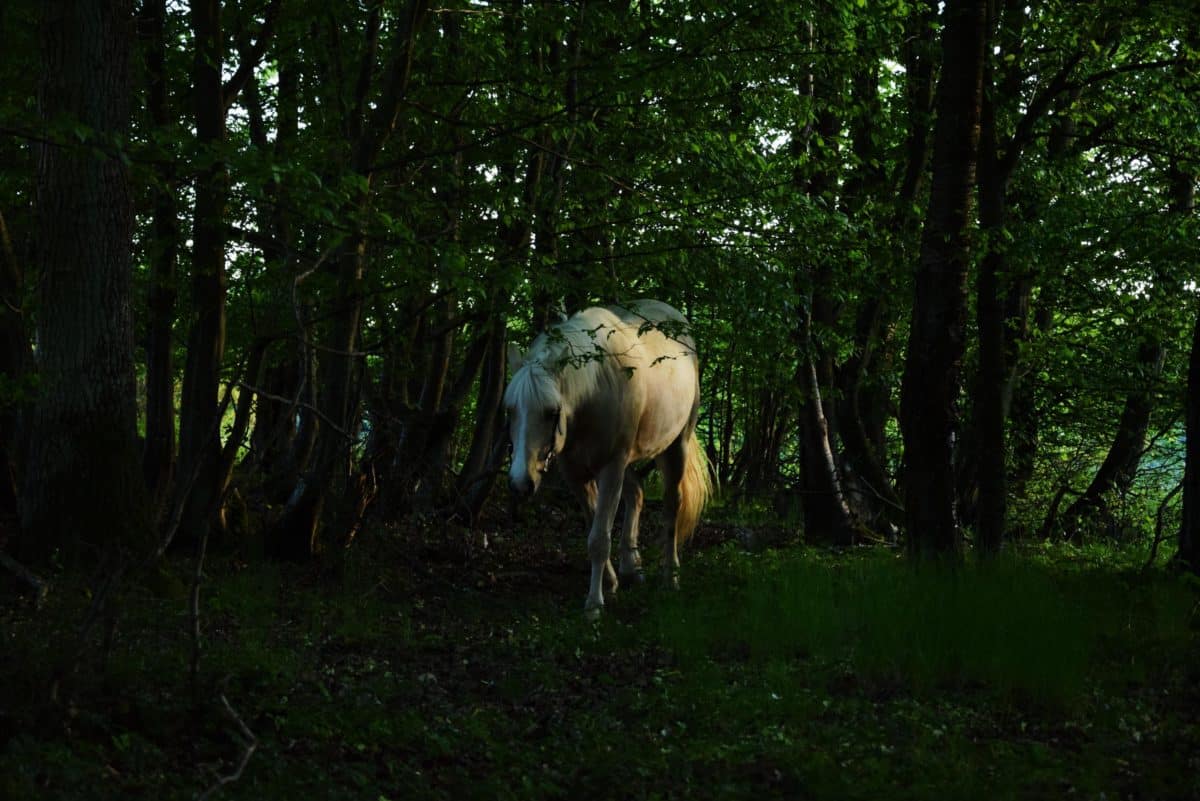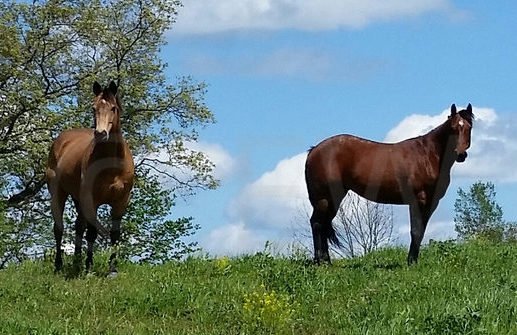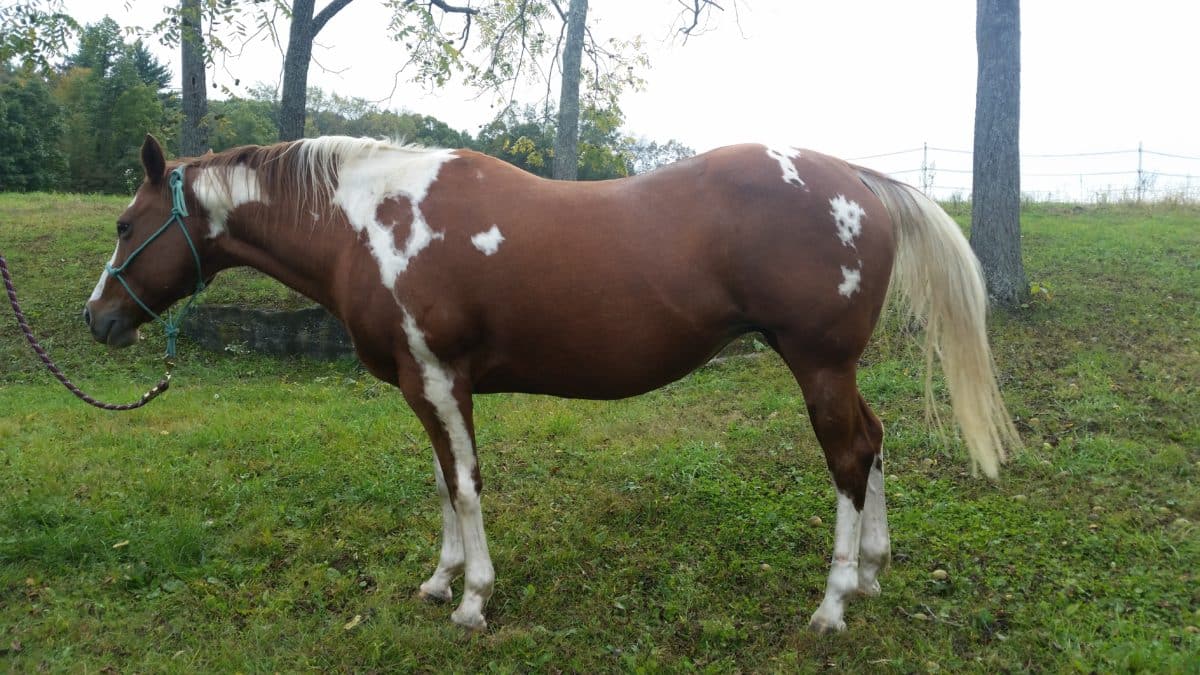
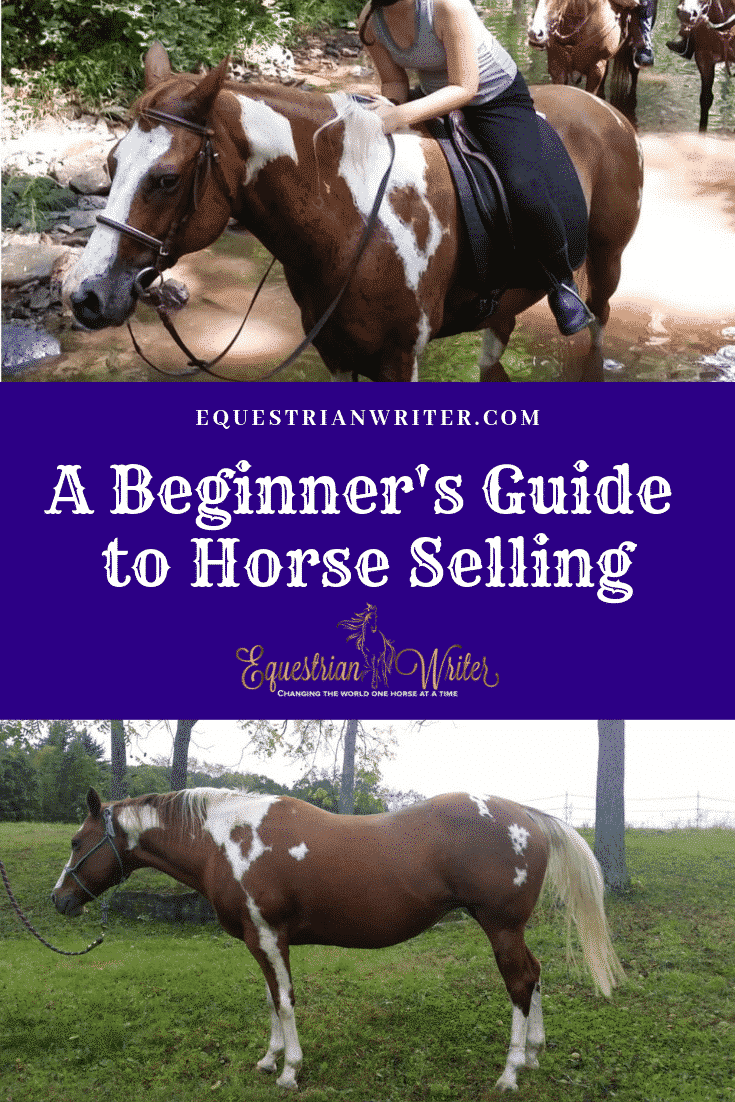
Deciding to sell your horse is a difficult decision. There are many different reasons why you might decide to go through with it. Often, this decision has to do with putting the needs of the horse before your own. Maybe the horse is just not a good fit for you or you’ve out grown the horse–either physically or in terms of training ability. No matter the reason, it is important to understand the basics of a successful horse sale.
1. Choose the type of sale
There are two primary ways to sell your horse; privately or through an auction. Personally, I prefer to sell privately. Selling privately allows you to screen potential buyers and select the best home for the horse. Going through an auction takes all the power away from you. You are putting yourself at the mercy of the bidders.
If you choose to go through an auction, make sure you choose a reputable one. Good auctions are often sponsored by breed organization such as the AQHA. However, they may be limited entry with higher commission rates and open to breed registered horses only. Do not ever sell your horse at an auction known to be frequented by meat buyers.
Going with a private sale is generally much safer. You are not paying commission to any auction and you can screen all buyers. The only fees will be to advertising platforms where you choose to post ads. The down side is you won’t get a bidding war to drive the price up.
2. Write your ad
Whether you sell through an auction or a private sale, you want to create a sales ad. If your horse is entered in an auction, be sure to include the information of the auction including date, time, location, and minimum bid (if applicable).
Stick to the facts in order of importance. State the price first and be sure to specify if it is best offer (OBO) or firm. Leave no room for interpretation. State the horse’s name, age, gender, and registration status (if applicable). If the horse is registered be sure to list the registered name as well as the barn name. Also list the correct birth year, breed, color, markings, height, registration number, and registration organization. This will allow potential buyers to look up the horse’s records.
Include what level of rider would be appropriate for the horse and any important health information including vaccination history. Then include a few selling points such as special training, accomplishments, temperament, normal living requirements (stall or pasture, herd or only horse), and why the horse is being sold. When stating why the horse is being sold, there is no need to go into a sob story about financial problems or health reasons. However, this is a question that will likely come up so it is best to have an answer prepared. A simple answer such as “s
Sample Ad
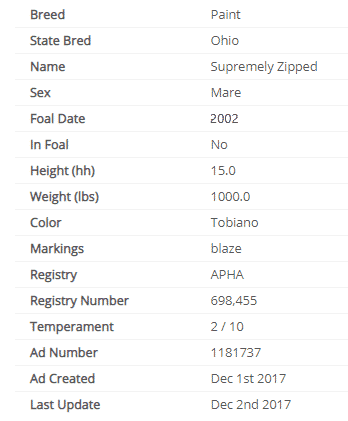
$1900 OBO.
Kali is a 2002 APHA mare, registered name Supremely Zipped. She is 15hh. Good for a beginner rider. Rides english or western. Has the smoothest W/T/C you’ve ever ridden.
UTD shots and coggins. Barefoot. Just had feet trimmed. Rides nice on trails or in the arena. Loads and unloads nice in a stock trailer. Has been camping overnight. In your pocket. Perfect size for a young teen starting out. Most kids will never outgrow her.
3. Take nice sale pictures
Sale pictures are your first impression with potential buyers, so they make or break your ad. No matter how well you write your ad, bad pictures turn buyers away. The first picture of your ad should be a conformation shot. For a horse with a thin mane that allows their neck conformation to be seen from both sides, you can get away with only displaying a conformation shot from one side. However, a horse with a mane that obscures their neck conformation will need conformation shots from both sides.
Below are some real life examples of photos taken for the sale ad in the previous example.
Bad Sale Photo
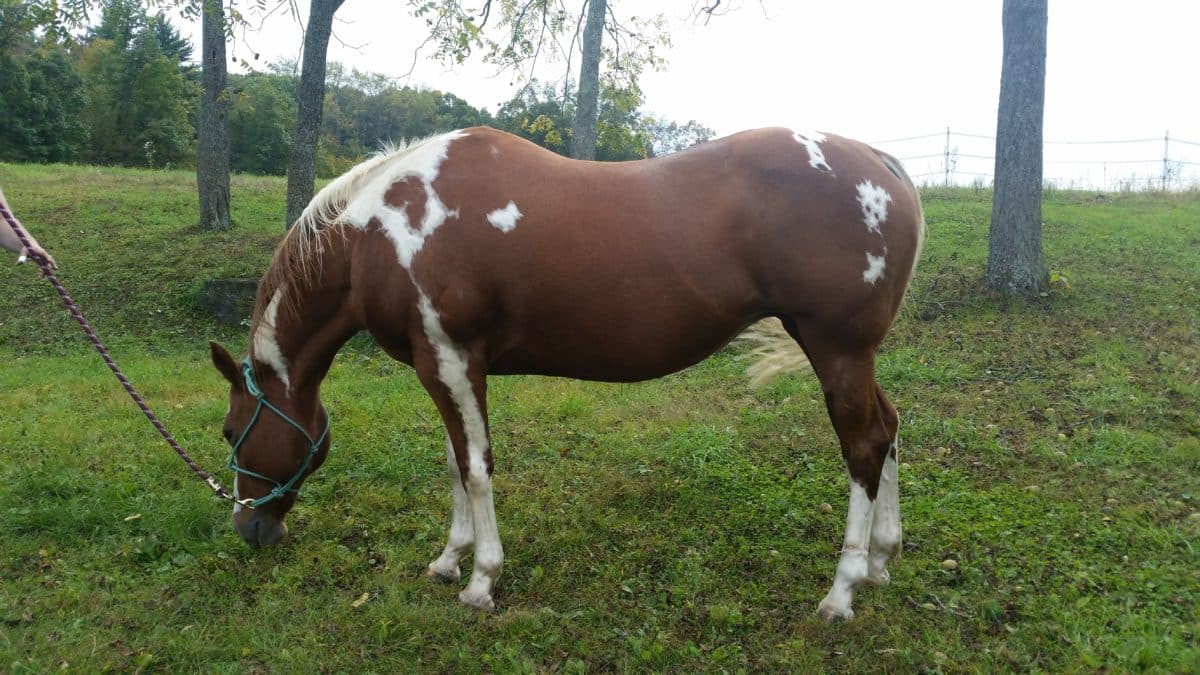
Photo critique
Positive: The far legs are square. The near legs are offset so you can see all four legs. Her shoulder and hindquarters are equal distance from the camera. She is clean and well groomed. The photo is not photoshopped to cover imperfections. The background is not too distracting.
Negative: The mare’s head is down and turned away from the camera. Her ears are back. The handler’s hand isn’t cropped out of the photo. The mare’s tail is swished behind her. The background is not dark enough in the upper right hand corner.
This photo was not used in the sale ad for this mare.
Related Content: Horse Selling Red Flags
Good Sale Photo

Photo Critique
Good: The far legs are square. The near legs are offset so you can see all four legs. Her shoulder and hindquarters are equal distance from the camera. She is clean and well groomed. The photo has no photoshopping to cover imperfections. The background is not too distracting. The mare’s head is up. Her entire topline is level. Her tail is hanging naturally. The handler is completely cropped out of the photo.
Bad: The mare’s ears are back. The background is not dark enough in the upper right hand corner. This particular mare has a resting bitch face, so is practically impossible to get a good picture with her ears forward.
This photo was used as the cover photo in the sale ad for this mare.
Additional sale ad photo

Purpose of Additional Photo
Here is one of the additional photos included in the sale ad for this mare. This photo demonstrates 6 things. It shows the mare trail riding, on a loose rein, in a snaffle bit, in knee deep water, in dressage tack, and in a group of horses. I am also leaning forward over her neck in a way that might freak some horses out. She is just standing there like she’s done this a million times.
Additional sale ad photo
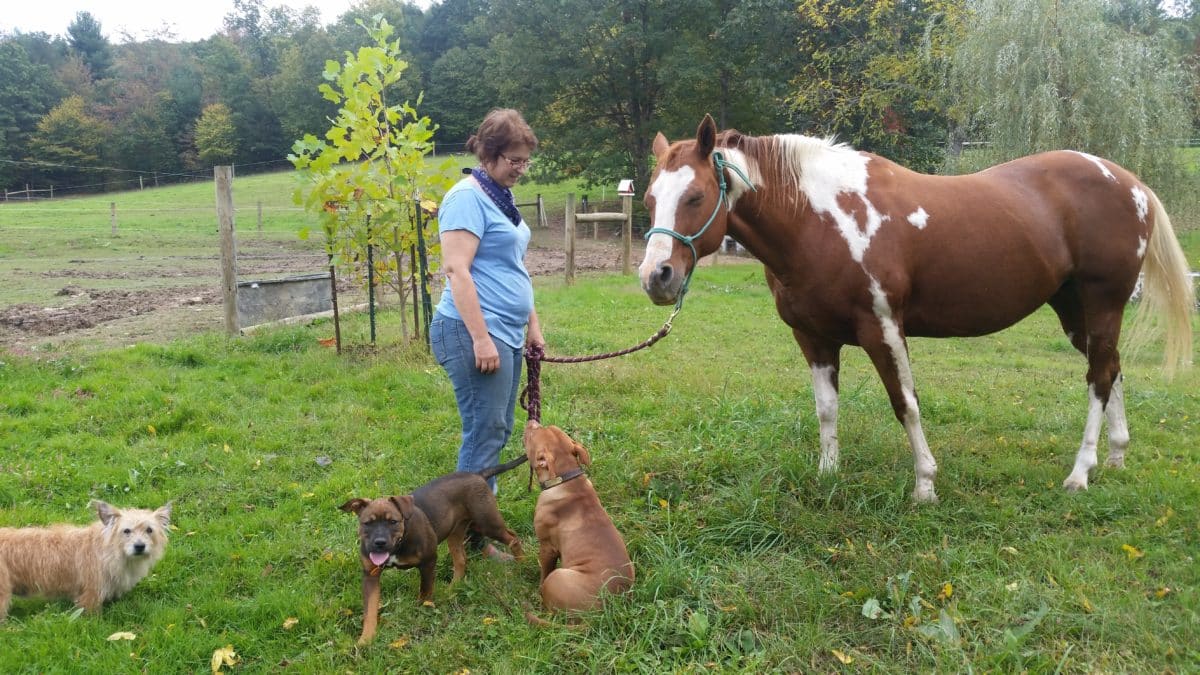
Purpose of Additional Photo
This particular photo is important because is shows her surrounded by three different types of dogs; a small terrier, a medium dog, and a large puppy. She looks completely relaxed. It backs up the claim that she is comfortable around all sizes of dogs.
4. Take a good video
A video is vitally important to any sale ad. I like to put any conformation photos at the beginning of the video as well as the most important extra photos. However, the video should never be longer than 5 minutes. 3 minutes is ideal. The photos should only take up 20 to 25 seconds. They should be followed by the riding portion which should include performing all gaits to the right and left.
Seeing as Kali was being advertised as a beginner horse I put my father on her for the sale video. He is a good rider, but he has no formal training. In this case we did leave out the canter because he is uncomfortable cantering. Unfortunately my seizures were acting up and I was unable to get on and demonstrate the canter.
We took a gamble on leaving out the canter. However, seeing as Kali is a beginner trail horse it didn’t matter to most potential buyers. The quality of the rest of the ad and her beautiful walk and trot made up for it. The other flaw in the video is the time of day it was taken. This caused a glare from the sunset. We were working with time constraints, but the video turned out ok and showed what we needed it to, so it worked out in the end.
This is a perfectly acceptable ad for a $1,900 horse. The ad generated a lot of interest in a short amount of time and led to a successful sale.
I would be a bit more picky about fixing the flaws in the photos and video if it were a $5,000 or $10,000 horse. The higher the price, the better the sales ad needs to be.
5. Choose your advertising platform
The two main advertising platforms I go with are Equine Now and Dream Horse. I always advertise on both to get maximum exposure, however I have had the most success with Equine Now. Dream Horse generally has a higher end clientele, so if you are advertising a horse much under $2,000 it is probably not worth spending your money advertising there. The two horses I have advertised privately have both been sold to buyers through Equine Now.
6. Allow potential buyers to come try the horse
This is a huge deal. People rarely buy horses sight unseen unless they want to export an expensive show horse across the country. Buyers need to be able to try the horse and ensure that it really can do everything you claim it can do. Not being able to try the horse is a huge red flag for most buyers. I have never sold a horse without letting the buyer try it first. This mare sold to the first person who tried her. The gelding I sold the year before was tried by several different people before he sold. It is all about finding the right match.
7. Allow potential buyers to perform vet checks
This is another huge deal. I always give buyer the option of performing vet checks. However, it is at their own expense. Every potential buyer who has viewed my horses has asked if they could perform a vet check. I always assure them that they are welcome to pay for any tests they wish. None of them have actually gone through with it, but just the fact that I am open to a vet or farrier check makes them comfortable with taking my word for it that the horse is healthy. Providing them with a printout of the horse’s full medical history from the vet on an official letterhead in addition to coggins and current shot records also makes them comfortable taking my word for it.






